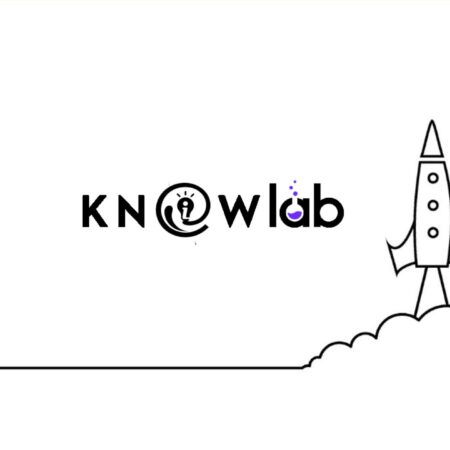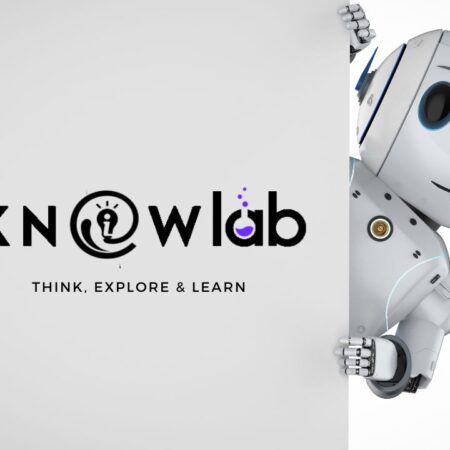 An IDE and code editor is any tool that allows you to write and edit code. The function of advanced code editors goes beyond just writing and editing codes.
An IDE and code editor is any tool that allows you to write and edit code. The function of advanced code editors goes beyond just writing and editing codes.
The syntax highlighting feature of code editors can be useful to many developers. Syntax highlighting, which provides the visual clues, helps developers better understand the code by helping them see which parts are string, which parts are variable.
By comparison, an IDE (Integrated Development Environment) is more powerful, more memory-intensive, and more resource-efficient than a code editor. Multiple functions are integrated into one platform with an IDE. Simply put, an IDE is a combination of a text editor, a compiler, a debugger, and an interpreter.
With an IDE, developers do not have to switch back and forth between programs to complete different steps in the process. An IDE is a better version of a code editor since it has all its programs organized in one place.
Web Storm
WebStorm is a perfect IDE for platforms like React, Vue.js, Angular, and many more. In general, Web Storm is designed for large projects, but you can still use it for smaller projects as well.
In addition to using it in your browser, you can also use it for back-end development. Web Storm can be used for desktop and mobile development if your server does not support JavaScript.
It is the perfect IDE for developers who don’t want to spend their time finding settings and plug-ins.
It is also very helpful when developing complex applications and integrating large codebases.
Atom
Atom is now one of the leading choices for JavaScript developers. In a sense, there is no better IDE than Atom if you develop JavaScript programs with GitHub. Because it’s deeply integrated with GitHub.
It offers some fantastic features, such as splitting code windows quickly and displaying project files permanently. Atom is free and open-source. The fact that Atom offers collaboration on project files makes it a good tool for teamwork.
Even though Atom is free to use and open-source IDE, in addition to everything mentioned above, it is often criticized for its user interface slow launch. If you want to make quick changes in your files, Atom may not have equal haste.
Brackets
Brackets is Adobe’s version of Atom, and this IDE is hailed as “the IDE of the modern age.” The brackets provide an elegant interface without unnecessary controls. It is a very powerful IDE with a multitude of plugins, so despite minimal controls the brackets are very robust.
Brackets offers an interesting feature, Live Preview, that is not often found in other IDEs. By instantly directing the change to chrome windows, developers can see how the changes to the code will work in real-time.
Visual Studio Code
Visual Studio Code supports all major programming languages like Python, C++, C#, CSS, Dockerfile, Go, HTML, Java, JavaScript, JSON, Less, Markdown, PHP, PowerShell, Python, SCSS, T-SQL, TypeScript.
Open-source IDEs from Microsoft were never popular among developers, but that changed with the release of Visual Studio code back in 2015. As a result of Visual Studio Code, Microsoft’s IDEs were also rebranded.
In addition to being free, open-source, cross-platform, it has a built-in debugger. Moreover, predictive coding is also available in visual studio code, and it ensures that developers can complete projects quickly.
Sublime Text
Sublime Text stands out as one other cross-platform IDE due to its lightweight and feature-rich syntax highlighter. The IDE is one of the most responsive because of its unique components.
Sublime Text has a custom toolkit to optimize its UI for both speed and beauty, and it is tailored to allow it to fully utilize native functionality on every platform. Since it is not open-source, some developers could find it more expensive since all users need just one license to use it on multiple systems.
Eclipse
Eclipse is an open-source, complete IDE that has much to offer both new and experienced developers. The application supports a variety of languages, including JavaScript, C/C++, PHP, Python, Ruby, and others.
Eclipse was designed initially only for Java, but over the years it has grown into an IDE that supports all the key programming languages. Additionally, it can be easily integrated with JUnit, which is another reason developers favor it. Due to the community-driven nature of the plugin, there are a number of questions regarding Eclipse’s performance.
AWS Cloud9
AWS Cloud9 is a cloud-based IDE. In addition to JavaScript support, the AWS Cloud9 platform supports more than 40 other languages, as well as all the libraries, SDKs, and plugins necessary to create serverless applications.
Additionally, this is an IDE that is really easy to use; it includes auto-completion of the code, a debugging mode, navigation by code, and options for highlighting errors and searching for files and functions. Further, it comes with a collaborative mode for teams as well as a chat feature for that purpose.
Net Beans
Netbeans is another popular IDE, and just like Eclipse, it can be extended to encompass many additional programming languages. As an open-source code editor, NetBeans supports Java, HTML5, PHP, Python, C / C ++, and CSS3 on top of JavaScript.
Drag-and-drop functionality makes NetBeans an ideal tool for desktop application development. With NetBeans, you can highlight code syntactically and semantically, get smart code completion, and use Git, Subversion, and Mercurial together.
Additionally, NetBeans supports multiple compilers. The drawback, however, is that it can be slow when working on large projects.
Komodo IDE
Komodo IDE offers a variety of features such as syntax highlighting, autocompletion and predictive coding along with a wide range of encoding functions. It is also equipped with a syntax checker for JavaScript, PHP, Python, TCL, and Ruby. While KOMODO offers many features, it is heavyweight, which means it can take a while to launch.
Final Words
Each of the IDEs and code editors listed in the article has its pros and cons, and having understood what you need from your IDE, you are ready to choose one that meets your needs. Many of them are free, but there are also some paid software programs. The websites for these companies allow you to look at their prices and compare their services.




